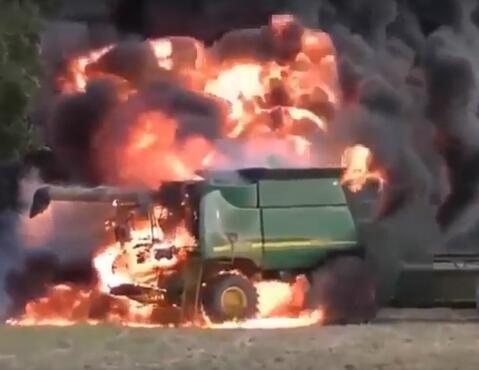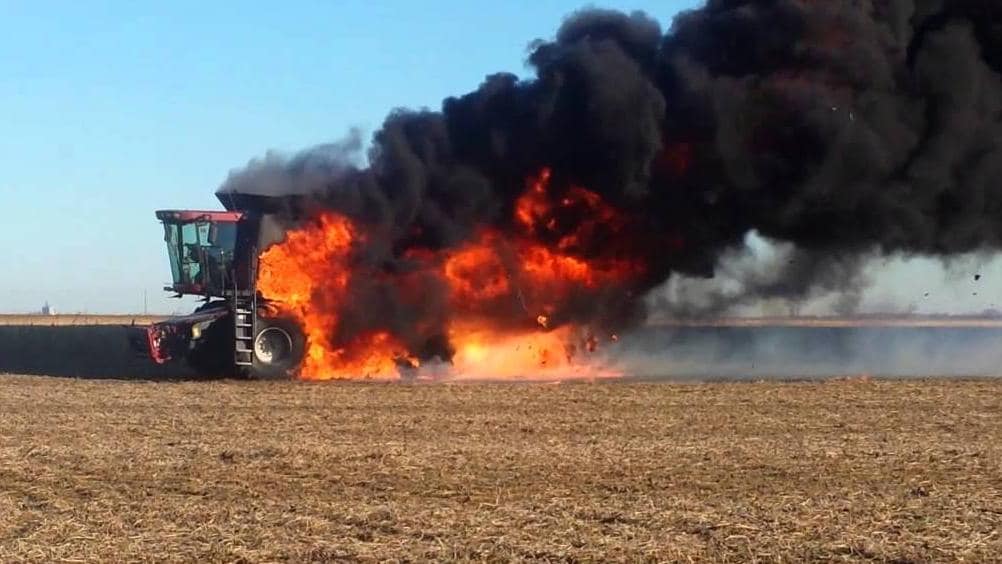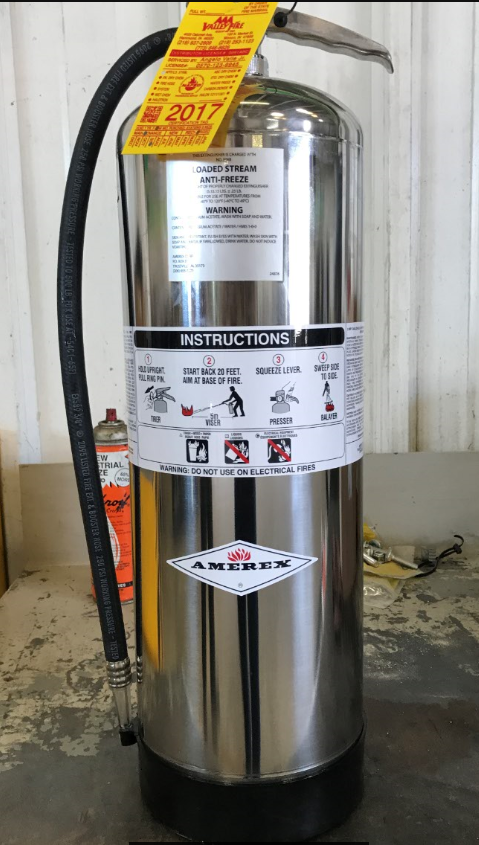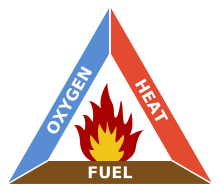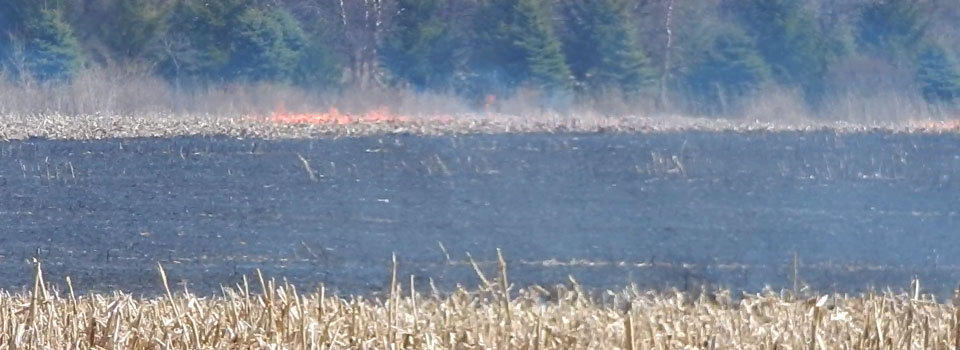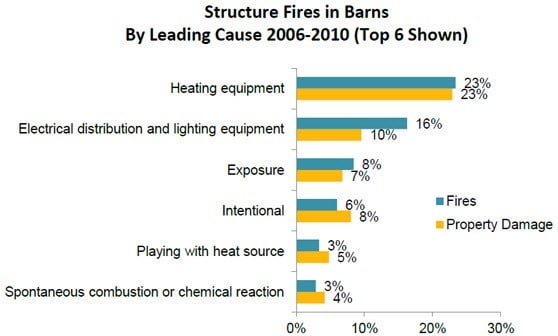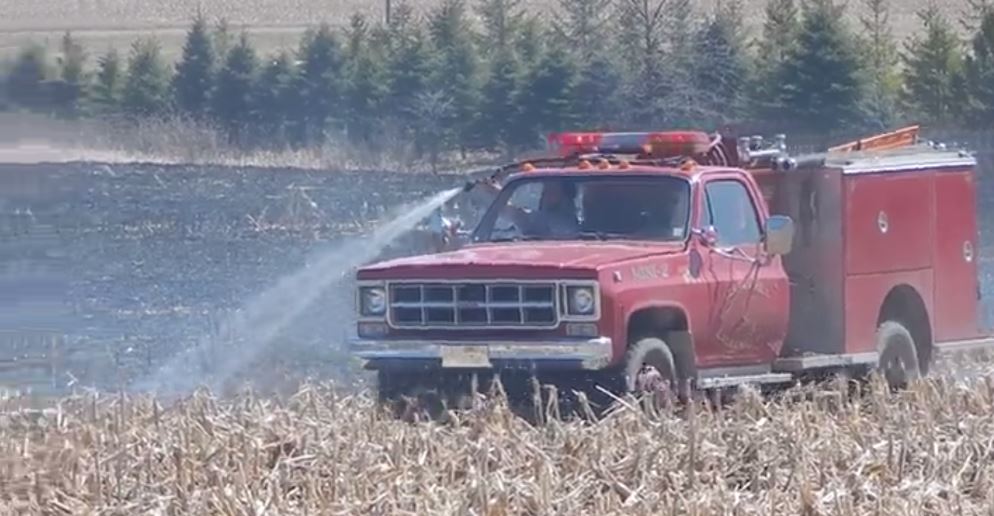|
|
Let’s keep combine fire prevention as one of our priorities as we are abnormally dry in many crop-producing areas. Combine fires cost growers millions in damages each harvest and in a very dry year like this, the potential is even higher. |
Topics: fire, combines, Combine Fire Checklist, Maintenance and Cleaning, Combine Fire Prevention, Fire Preparedness Checklist , Spotters
As we prepare for harvest time, it's important to keep combine fire prevention as one of our priorities. Do you know the basics of fire, the different types of fire extinguishers, and best practices? Let's review.
Combines have been rolling throughout the Midwest through mostly very dry conditions. Clouds of dust can be seen for miles where combines have been. These dry, dusty conditions also make it ideal for combine fires. One component in fire protection I’d like to cover is the pressurized water extinguishers. Though normally seen on balers, we also see them on combines.
When getting your combine ready for harvest, have you thought about combine fire prevention? A combine fire extinguisher can put out a small fire before it grows out of control. Let’s review some basics of fire, review the type of fire extinguisher needed and view some combine recommendations:
Grass fires area a common hazard in certain parts of the country that are dry for extended periods of time or have periods of dry weather where crop residue, pastures and grasslands are very dry. Nearly half of all agricultural fires involve brush or short grass, making it easy to underestimate their danger.
Topics: fire
By now you should have already developed an Emergency Action Plan (EAP) for your operation. Your EAP probably includes instructions on how to handle emergencies involving your operation’s day-to-day functions and activities: chemical leaks and spills, fires, use of personal protective equipment, confined spaces – just to name a few.
Topics: emergency action plan, fire
Fire is an ever-present concern in many agriculture operations. Every year, 20,000 ag-related fires cause over $100 million in property damages. These types of fires tend to be more expensive than other industrial fires because of the loss in crops and livestock involved, in addition to buildings and equipment.
Topics: livestock & animals, fire
Per the National Fire Prevention Association (NFPA), from 2006 to 2010, there were 830 structure fires in livestock or poultry barns, stockyards and animal pens. These fires cause millions of dollars in property damage, loss of animals, and injuries and deaths to farmers and farm workers.
Topics: livestock & animals, fire
Fires during harvest season are very common and can be caused by a variety of factors. Though all fires are devastating, fires in the fall have the additional potential of ruining an expensive harvester, burning off a crop that is at full maturity and costly delays to get back to the field. Some of the most common causes of fires during the harvest season include:
- Oil and grease mixed with flammable crop residue that has built up around hot engine parts.
- Sparks from exhaust of harvesters, trucks and ATV’s in the field.
- Dry, worn bearings and equipment malfunctions that overheat or cause sparks.
- Hitting rocks or other objects in the field that causes a spark.
- Doing maintenance such as welding, cutting or drilling in a field with dry residue.
Grass fires area a common hazard in certain parts of the country that are dry for extended periods of time or have periods of dry weather where crop residue, pastures and grasslands are very dry. Nearly half of all agricultural fires involve brush or short grass, making it easy to underestimate their danger.
Topics: fire

